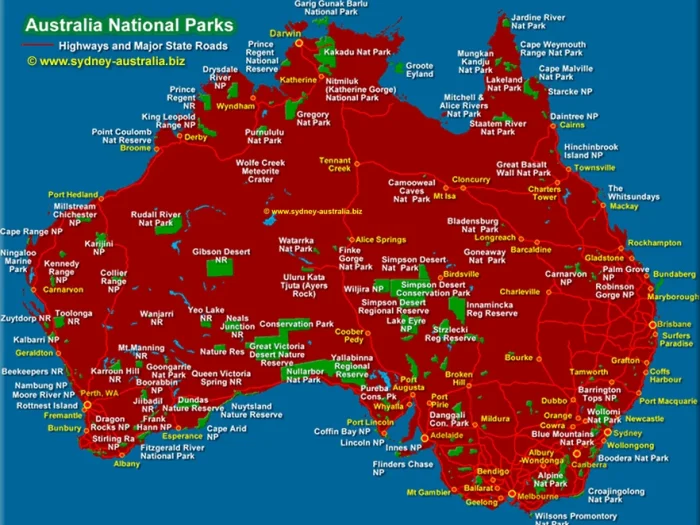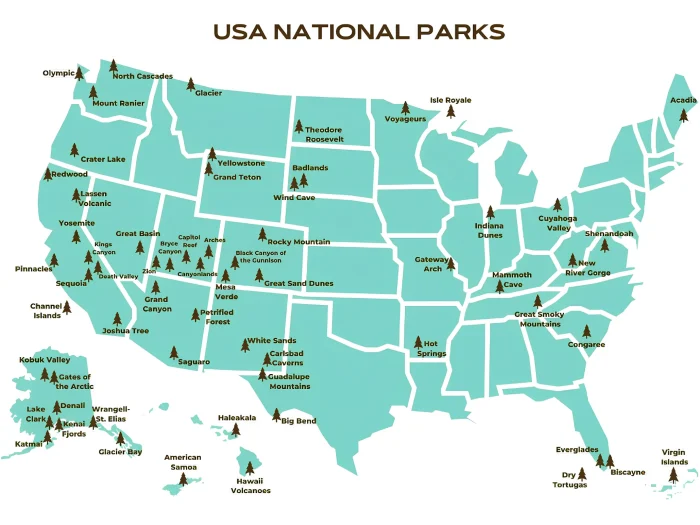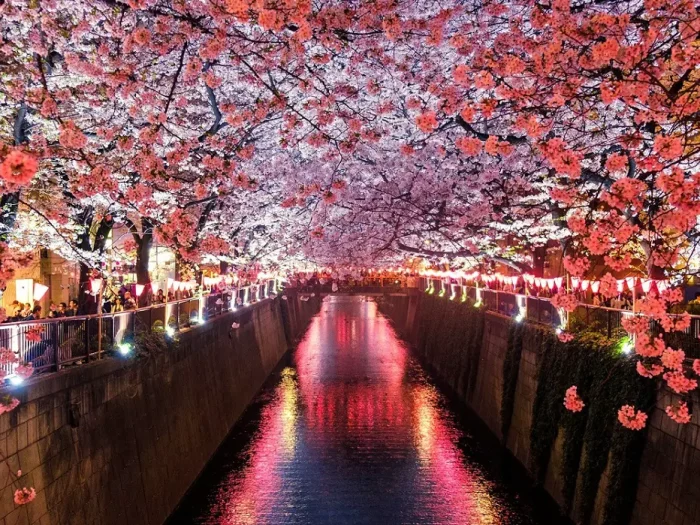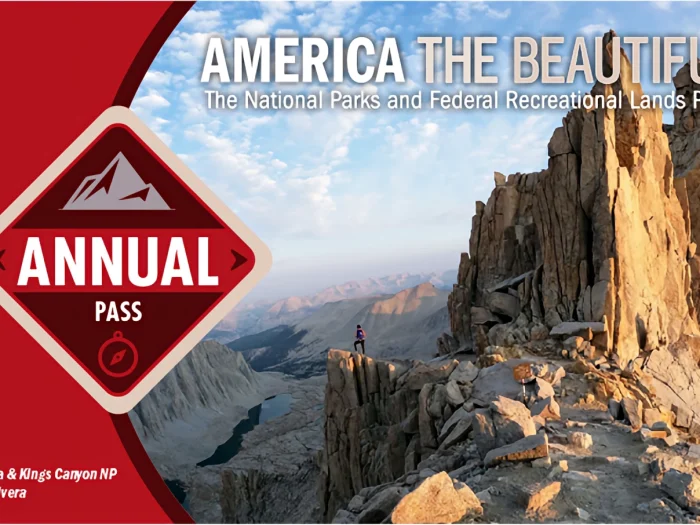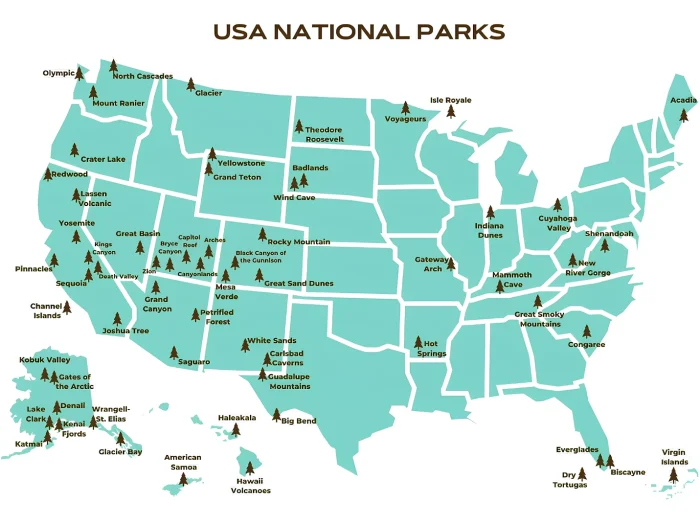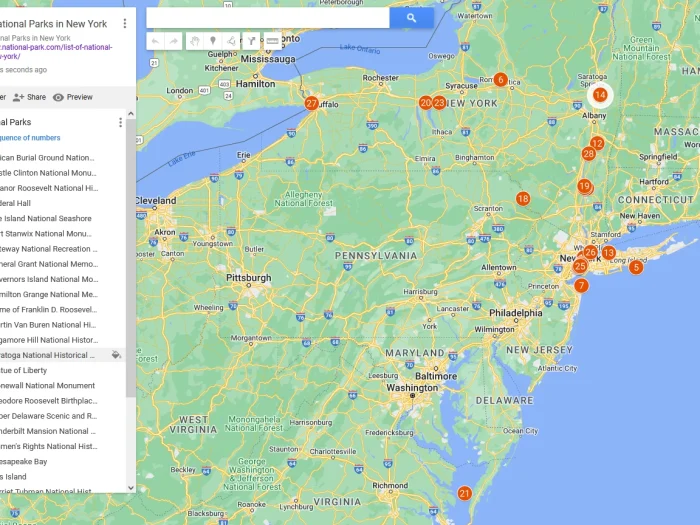The Need of Internet Service in National Parks
When venturing into remote areas, securing reliable cell service can be a challenge. Here are two effective strategies to stay connected: locate pockets of good reception and use a cell phone booster. In fact, for the best results, we suggest combining both methods.
While you can’t always count on cell service in remote locales like National Parks or other scenic wilderness areas, a cell phone booster can greatly improve your odds. By adding one of these specialized antennas to your vehicle or getaway spot you’ll enhance your mobile connection. This means easier access to LTE and faster speeds with potential boosts up to glorious levels of both reliable yet fast-speed connectivity wherever journeying takes you!
If you want your booster to work its best, make sure you’re using a mobile service with great signal strength wherever you go.
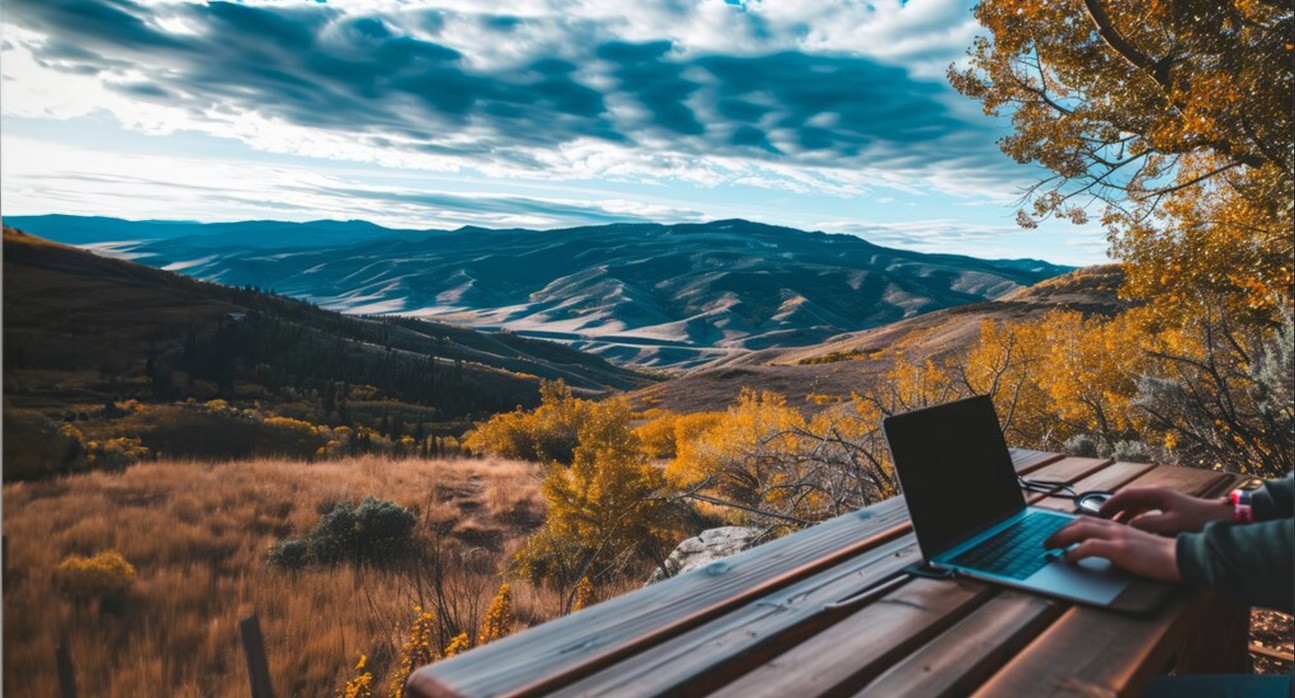
Why Is There No Cell Service in National Parks?
Cell service is available in national parks, but coverage tends to be unreliable because the signal comes from cell towers, which are usually located outside the park boundaries. This limitation on cell towers helps maintain the parks’ natural beauty and tranquility.
Thankfully, satellite phones can replace many safety features of cell phone coverage because they don’t rely on cell tower signals.
However, increased cell service is on the horizon for many popular national parks. For example, Bryce Canyon and Grand Teton National Park are either permitting or considering the installation of cell towers and fiber optics under specific guidelines. So, if you’re concerned about poor cell service in national parks, you might just need to wait for these upgrades to be completed.
National Parks With Best Internet Service
Planning a visit to national parks this summer? If staying connected is a priority, Ookla’s recent tests on mobile connections across North American parks can guide you. The speedtest site released a report on Wednesday highlighting the best and worst parks for mobile speeds.
Top Performer: Gateway Arch, Missouri, takes the lead with impressive median download speeds of 85Mbps and upload speeds of 31Mbps. For context, the median download speed for US mobile networks stands at 41Mbps according to Ookla.
The Bottom Line: Unfortunately, Sequoia, California, ranks at the bottom for mobile service among the parks tested.
Top 10 National Parks for Mobile Speeds:
- Gateway Arch, Missouri
- Saguaro, Arizona
- Mount Rainier, Washington
- Cuyahoga Valley, Ohio
- Indiana Dunes, Indiana
- Acadia, Maine
- Denali, Alaska
- Great Smoky Mountains, North Carolina
- Hot Springs, Arkansas
- New River Gorge, West Virginia
Advice! Even if there is a Wi-Fi connection in the park, you should not assume that it is secure. Public Wi-Fi networks are risky places and are often targeted by hackers. They can eavesdrop, steal data and change it during transmission. To protect yourself from cyber risks when using public Wi-Fi networks and freely unblock boxing or football streaming sites, use the VeePN service. This is a VPN provider that prevents hacker attacks and can bypass any regional restrictions.
Which National Parks Still Have the Network?
Ookla’s recent findings reveal that 38 national parks across the US and Canada now boast 5G connections. Notable mentions include Gateway Arch, Joshua Tree in California, Everglades in Florida, Zion in Utah, Yosemite in California, and both Banff and Jasper in Canada.
However, it’s worth noting that national parks located in more remote areas are experiencing slower internet speeds. For example, Sequoia National Park registers download speeds as low as 1.43Mbps. Other parks with similarly slow connections include Mammoth Cave in Kentucky, Badlands in South Dakota, Kings Canyon in California, Big Bend in Texas, Pinnacles in California, Mesa Verde in Colorado, Crater Lake in Oregon, Lassen Volcanic in California, and Yellowstone in Wyoming.
Conclusion
Now National Parks are gradually improving Internet connections, but they are all balancing between the demand for the online world and silence, as well as the cost of implementation. Many parks now focus on expanding Wi-Fi areas and upping their Internet service standards for all visitors. Upgrading communication systems is handy during emergencies, helps with traffic cameras and message boards, and keeps track of visitor records according to park official Lacayo. Additionally, younger visitors—who have grown up with cellphones—desire constant connectivity, she explained.
Typically, communication improvement plans in parks focus on developed areas. Part of these plans includes cleverly disguising towers within forests and scenic spots, making them nearly invisible against the backdrop of nature.

